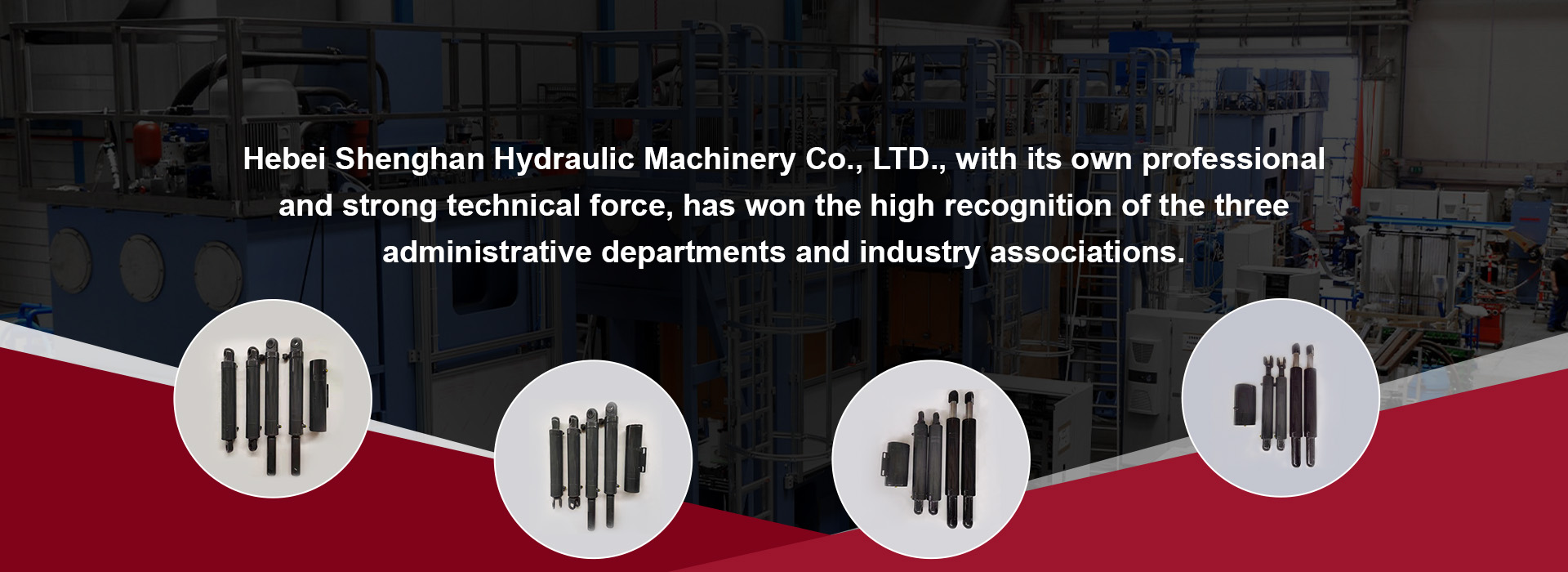Nov . 05, 2024 16:22 Back to list
hydraulic booster cylinder products
Understanding Hydraulic Booster Cylinder Products
Hydraulic booster cylinders play a crucial role in various industrial applications, providing enhanced force multiplication by utilizing hydraulic fluid. These versatile devices are integral to machinery used in construction, manufacturing, and automotive industries, among others. In this article, we will explore the features, applications, and benefits of hydraulic booster cylinders, highlighting their importance in modern engineering.
What is a Hydraulic Booster Cylinder?
A hydraulic booster cylinder is a specific type of hydraulic cylinder designed to amplify an input force. This amplification is achieved through the controlled movement of hydraulic fluid within the system. When hydraulic fluid is directed into one side of the cylinder, it creates pressure that moves the piston; this can lead to a significant increase in output force on the other side. The design of hydraulic booster cylinders ensures that a small input force can produce a large output force, making them essential for tasks requiring high power in confined spaces.
Features of Hydraulic Booster Cylinders
Hydraulic booster cylinders boast several key features that enhance their functionality
1. High Efficiency They provide efficient power multiplication, allowing machines to perform tasks that would otherwise require exponentially more energy.
2. Compact Design Given their ability to amplify force without requiring large physical dimensions, they are ideal for applications where space is limited.
3. Durable Construction Most hydraulic booster cylinders are constructed from high-strength materials to withstand the pressures involved in hydraulic applications. This durability ensures a long operational life with minimal maintenance.
4. Versatility They can be used in various environments and with different types of machinery, from hydraulic presses to clamping devices.
5. Safety Features Many modern hydraulic booster cylinders come equipped with safety valves and pressure gauges to monitor and control the system, minimizing the risk of failures due to overpressure.
Applications of Hydraulic Booster Cylinders
The applications of hydraulic booster cylinders are as varied as the industries they serve
hydraulic booster cylinder products

1. Construction Machinery Used in excavators, loaders, and cranes, hydraulic booster cylinders enhance lifting capabilities and support heavy loads.
2. Manufacturing Equipment They are integral to hydraulic presses used for shaping and molding materials, allowing for the effective compaction of metal parts or plastics.
3. Automotive Industry Hydraulic booster cylinders are commonly found in vehicle assembly lines, facilitating processes such as metal stamping and assembly line automation.
4. Metalworking In machine tools, these cylinders help achieve precision in metal cutting and shaping operations, significantly improving productivity.
5. Agricultural Machinery They are employed in equipment such as tractors and harvesters, providing the force needed for various farming tasks.
Benefits of Hydraulic Booster Cylinders
The use of hydraulic booster cylinders offers numerous benefits
- Increased Productivity By providing greater force with lower input energy, they enable faster operations and can significantly reduce cycle times in manufacturing processes.
- Energy Efficiency Their ability to amplify power allows for the use of smaller hydraulic pumps, leading to lower energy consumption and operational costs.
- Improved Precision The consistent and controlled application of force contributes to higher precision in machining and assembly processes, resulting in better product quality.
- Enhanced Operational Flexibility Various configurations of hydraulic booster cylinders can be tailored to fit specific machinery requirements, making them adaptable to evolving operational needs.
Conclusion
Hydraulic booster cylinders are an essential component in modern industrial applications, offering remarkable efficiency and versatility. Their ability to amplify force in a compact and durable package makes them invaluable in a variety of sectors, from manufacturing to construction. As technology continues to evolve, the design and integration of these cylinders will likely expand, further enhancing their role in optimizing industrial operations and ensuring high productivity levels.
-
1.5 Ton Lifting Cylinder 70/82-40-290-535 | Precision Engineering&Industrial Applications
NewsJul.21,2025
-
1.5 Ton Lifting Cylinder 70/82-40-290-535-Hebei Shenghan|Hydraulic Solution, Industrial Applications
NewsJul.21,2025
-
1.5 Ton Lifting Cylinder-Hebei Shenghan Hydraulic Machinery Co., Ltd.|High-Load Capacity&Industrial Hydraulic Solution
NewsJul.21,2025
-
1.5 Ton Lifting Cylinder-Hebei Shenghan Hydraulic Machinery Co., Ltd.|High-Load Capacity&Industrial Hydraulic Solution
NewsJul.21,2025
-
1.5 Ton Lifting Cylinder-Hebei Shenghan Hydraulic Machinery Co., Ltd.|High-Load Capacity&Industrial Hydraulic Solution
NewsJul.21,2025
-
1.5 Ton Lifting Cylinder 70/82-40-290-535 - Hebei Shenghan Hydraulic Machinery Co., Ltd. | High Performance, Durable, Industrial Use
NewsJul.21,2025
